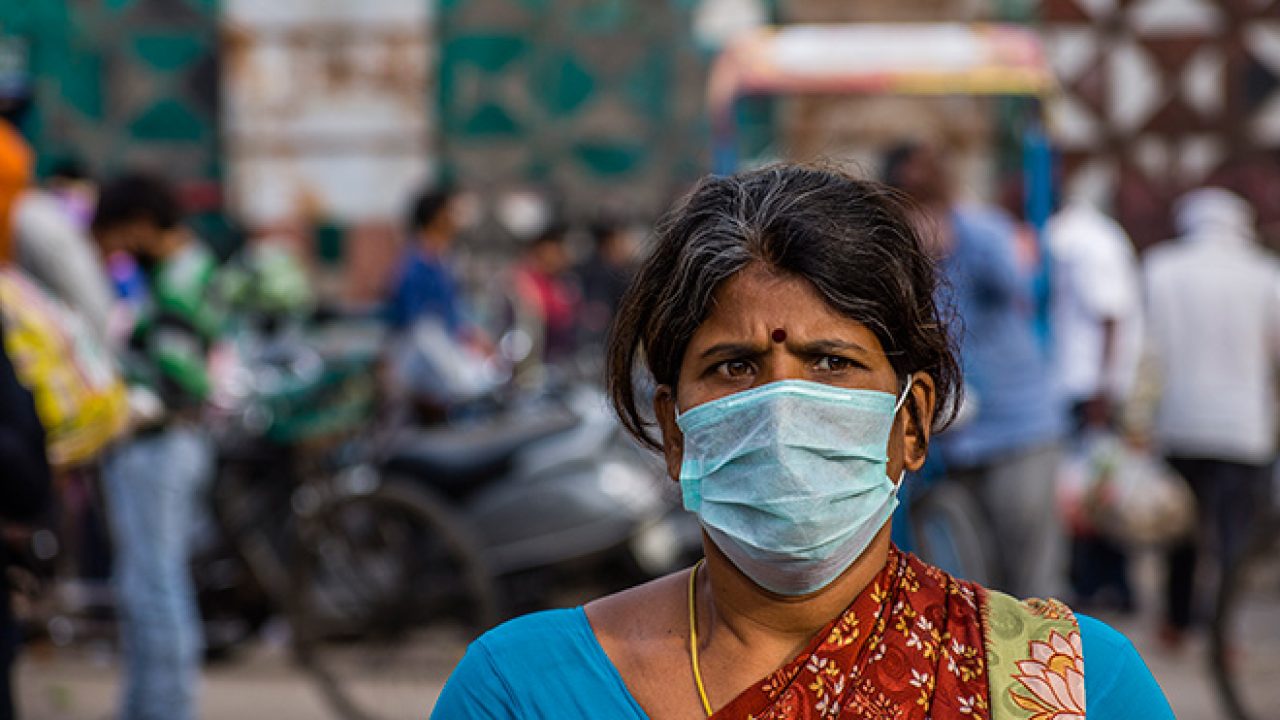By Shikhar Gupta
The central government has recently promulgated the Ordinance to amend the Epidemic Diseases Act, 1897 (“EDA”) to punish those guilty of attacks on doctors and health workers. President gave his assent to the Ordinance on 23rd April. The said Ordinance was a necessary response considering the daily reports coming about the attacks on doctors and health-care workers including the female health workers who are engaged in COVID-19 related work keeping their lives at risk. The news of an on-duty female doctor being harassed and abused in Hyderabad attracted the attention of the government and a need to make such law was felt. Other than the Disaster Management Act, 2005, EDA is one of the two principal legislations currently used by both the Central and State governments to fight the pandemic.
The Ordinance defines a “health care service personnel” as a person who, while carrying out or her duties in relation to pandemic work, may come in direct contact with affected patients and therefore is at risk of being impacted by such disease. The Ordinance includes any public or clinical health care worker such as a doctor, nurse, paramedical worker and community health worker.
The Ordinance inserts Section 1-A, which defines an “act of violence” against a health care service personnel serving during an epidemic as an act of harassment impacting his or her living or working conditions and preventing him or her from discharging duties.
Another provision, Section 2B is inserted, which says that no person shall indulge in any act of violence against a health care service personnel or cause any damage or loss to any property during an epidemic.
In addition, the Ordinance seeks to punish anyone causing grievous hurt to health-care service personnel with imprisonment for a term that shall not be less than six months, but which may extend up to seven years. The guilty shall also have to pay a fine, which shall not be less than Rs. 1 lakh, but which may extend up to Rs. 5 lakhs.
The Ordinance makes these new offences under the Act cognizable and non-bailable. It also requires that any case registered under these new provisions shall be investigated by a police officer, not below the rank of an Inspector, and that such investigation shall be completed within a period of 30 days from the date of registration of the First Information Report.
The Ordinance makes it mandatory for inquiry or trial of such cases to be held as expeditiously as possible by ensuring day-to-day hearing, so as to complete it within one year, which could be extended by six months only for reasons to be recorded in writing.
The contentious part of the ordinance is Section 3C of the Act, which reverses the presumption of innocence, which is the basis of our criminal jurisprudence, by shifting the burden of proving the innocence on the accused. Section 3D also enables the court to presume intention, motive, knowledge, on the part of the accused to commit the violent act, and the burden lies on the accused to rebut it. It empowers the court to declare a fact to have been proven only when it believes it exists beyond a reasonable doubt, and not merely when its existence is established by a preponderance of probability.
The speed with which the Centre has promulgated the ordinance might have been considered necessary in the light of various attacks which took especially upon the female doctors and health care workers, to reassure them that the government has taken reports of attacks on them seriously and that those found guilty would not go unpunished merely for want of sufficient legal framework.
However, the Ordinance, insofar as it clothes the government with draconian powers without any accountability during a pandemic may be viewed with concern for its potential to be misused against political opponents or civil rights activists.
The whole text of Ordinance can be downloaded here.


